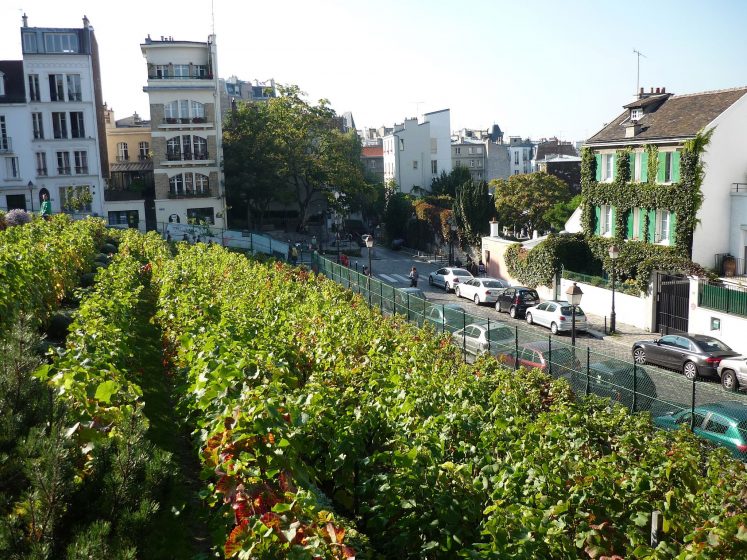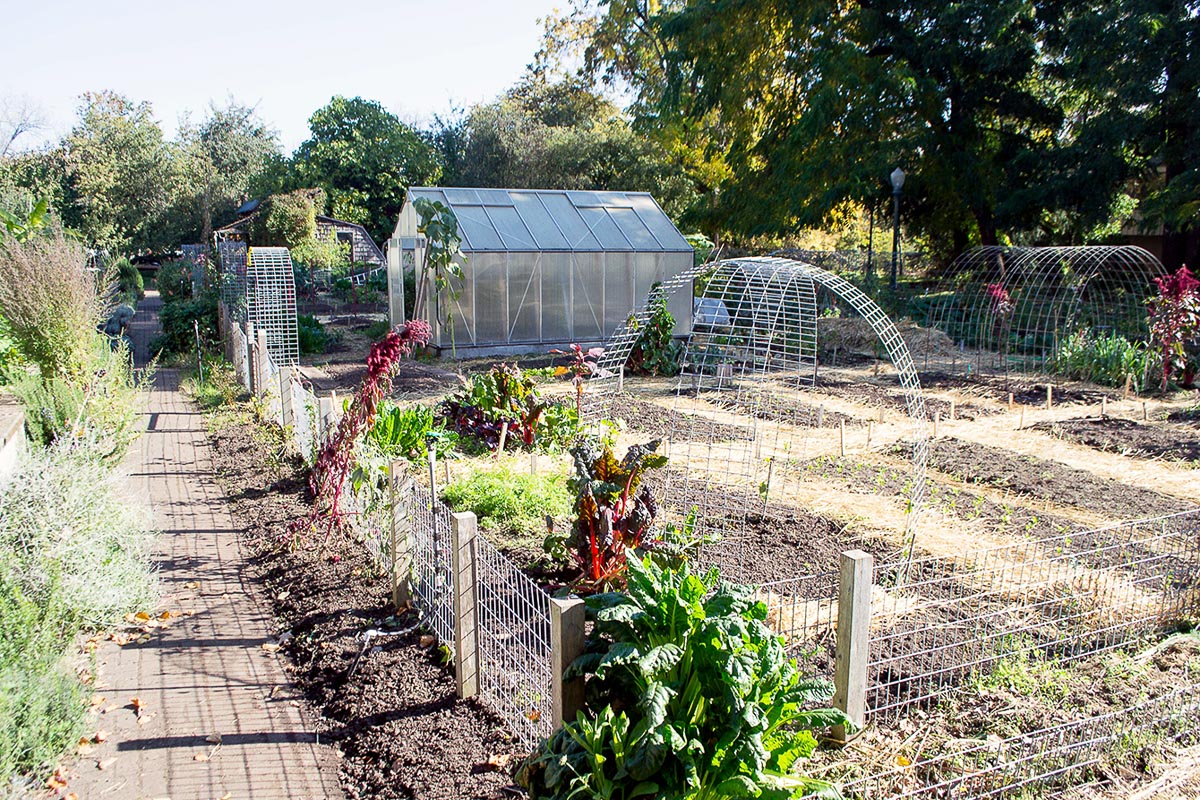The 7-Minute Rule for City Blooming
The 7-Minute Rule for City Blooming
Blog Article
The City Blooming Ideas
Table of ContentsThe City Blooming PDFsCity Blooming - QuestionsThe Only Guide to City BloomingThe City Blooming DiariesThe Best Guide To City Blooming
Interested in growing food available in the City of Chicago? Believing regarding starting a community garden? Adjustments to the Chicago Zoning Regulation allow farming uses like community yards and city ranches in many parts of the city. Below is a checklist of regularly asked inquiries relating to the regulations and laws that cultivators ought to consider when planning a metropolitan agriculture task.
The zoning change does not change any other codes managing composting, structure authorizations, purchasing or renting City owned residential or commercial property, service licenses or ecological contamination. There are existing codes that control these problems and they remain completely effect and may apply to your task. Neighborhood yards are typically owned or managed by public entities, public organizations or community-based companies and kept by volunteers.
Urban ranches grow food that is planned to be offered, either on a nonprofit or for-profit basis. Due to their industrial purpose, city farms require a business certificate.
Some Of City Blooming
Composting is allowed yet only for plant material that is generated and utilized on website. The amount of garden compost material can not exceed 25 cubic backyards at any given time according to the criteria in 7-28-715 of the City's Municipal Code. Yes. Because the dirt at many new garden websites needs changing, compost, soil, timber chips, or other products can be acquired to build or boost the growing area - urban gardening.

If a structure license is needed then the hoophouse will certainly be considered an accessory structure. You can locate out even more concerning the building authorization demands by calling the Department of Structures. The 25,000-square-foot dimension restriction is planned to avoid a solitary area garden from dominating a provided block or detracting from the block's existing household or industrial character.
The restriction does not apply to gardens situated in Public Open Room (POS) areas. Can there be more than one area yard that is 25,000 square feet on a single block? Fencing is not visit this web-site needed, nonetheless, yards that have big parking locations might be called for to mount fence or various other landscaping functions.
How City Blooming can Save You Time, Stress, and Money.
B1 & B2 districts need that all business use activities be conducted indoors. Is fence needed for city ranches? Fences may be called for, along with landscape design and screening, for certain vehicle parking locations and exterior work or storage space locations depending on area and the particular activity taking location.
Yes. Urban ranches call for structure authorizations and zoning approvals before building. Other kinds of city testimonial might be needed depending upon specific structures, tasks, dimension, landscaping, licensing, public health and stormwater management issues. Numerous of these demands are identified in the project style or permitting procedure, however, the candidate might be liable to individually identify certain licenses or allows that might be needed.
The Department of Business Matters and Consumer Defense can assist figure out the details kind of organization license that's called for. Off road parking is required for a lot of commercial tasks in Chicago. The needed number of car park areas is based on the number of staff members functioning on site and not the square video of the growing area.
The Main Principles Of City Blooming

A city ranch can offer garden compost product produced on website, nevertheless, the procedure should abide with the laws in 7-28-715 of the Chicago Municipal Code. Aquaponic systems are enabled inside your home on metropolitan farms in several zoning districts.
As much as 5 hives or colonies of honey may be maintained as an accessory usage. Beekeepers should register with the Illinois Department of Agriculture. For additional information concerning the proposed zoning change you might speak to the Division of Real Estate and Economic Growth, Bureau of Preparation and Zoning at 312.744.8563.
Farming in cities and metropolitan locations A metropolitan ranch in Chicago. Urban agriculture refers to different practices of cultivating. http://prsync.com/city-blooming/, processing, and distributing food in urban locations. The term likewise relates to the location tasks of pet husbandry, tank farming, beekeeping, and horticulture in a metropolitan context. Urban agriculture is distinguished from peri-urban agriculture, which occurs in rural locations at the side of suburban areas.
The Of City Blooming
, that look for to develop social networks founded on a common values of nature and community holism. These networks can create by way of official institutional support, becoming integrated into neighborhood town preparation as a "shift town" motion for sustainable urban advancement.
Some of the very first evidence of urban farming comes from Mesopotamia.
Report this page